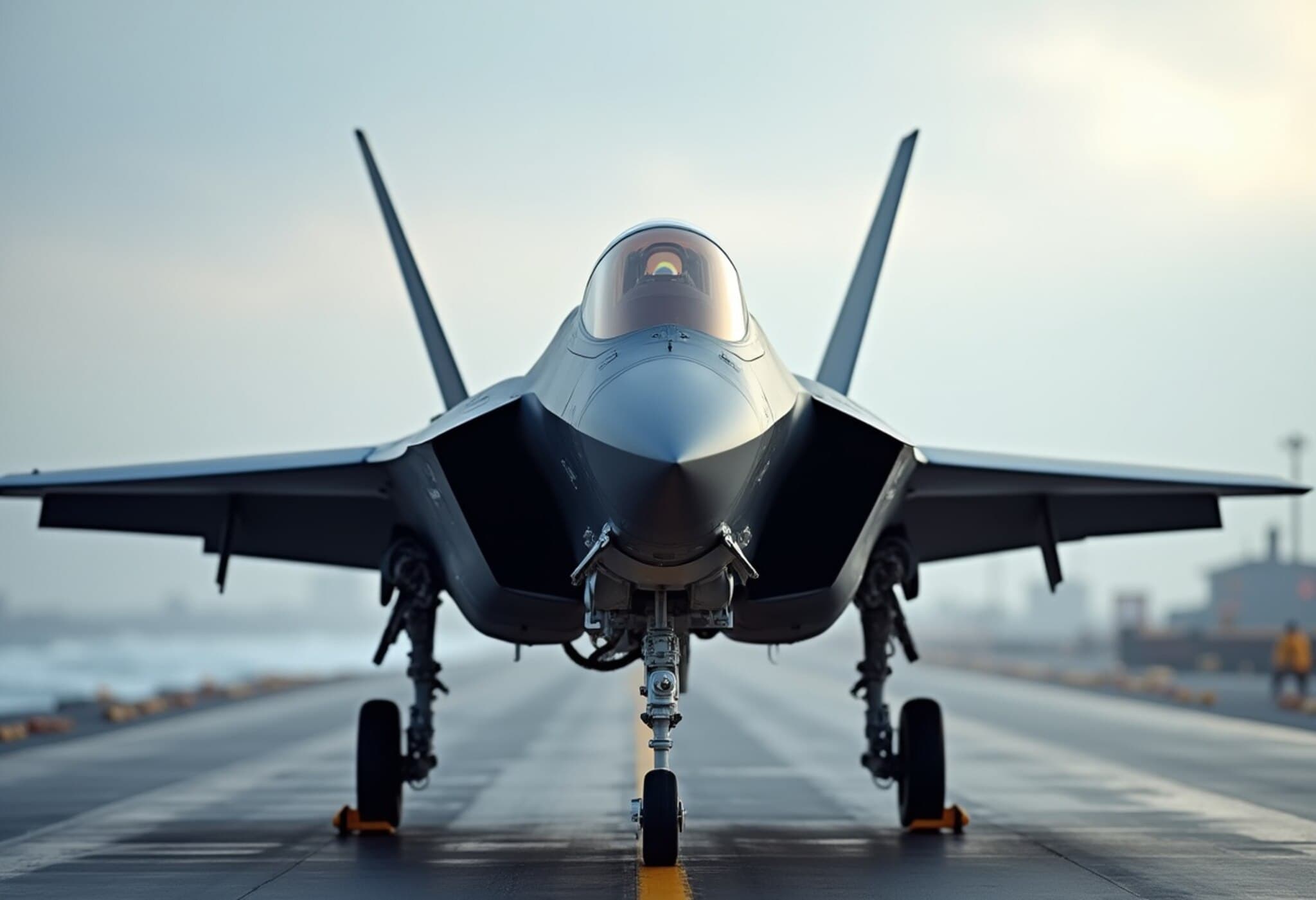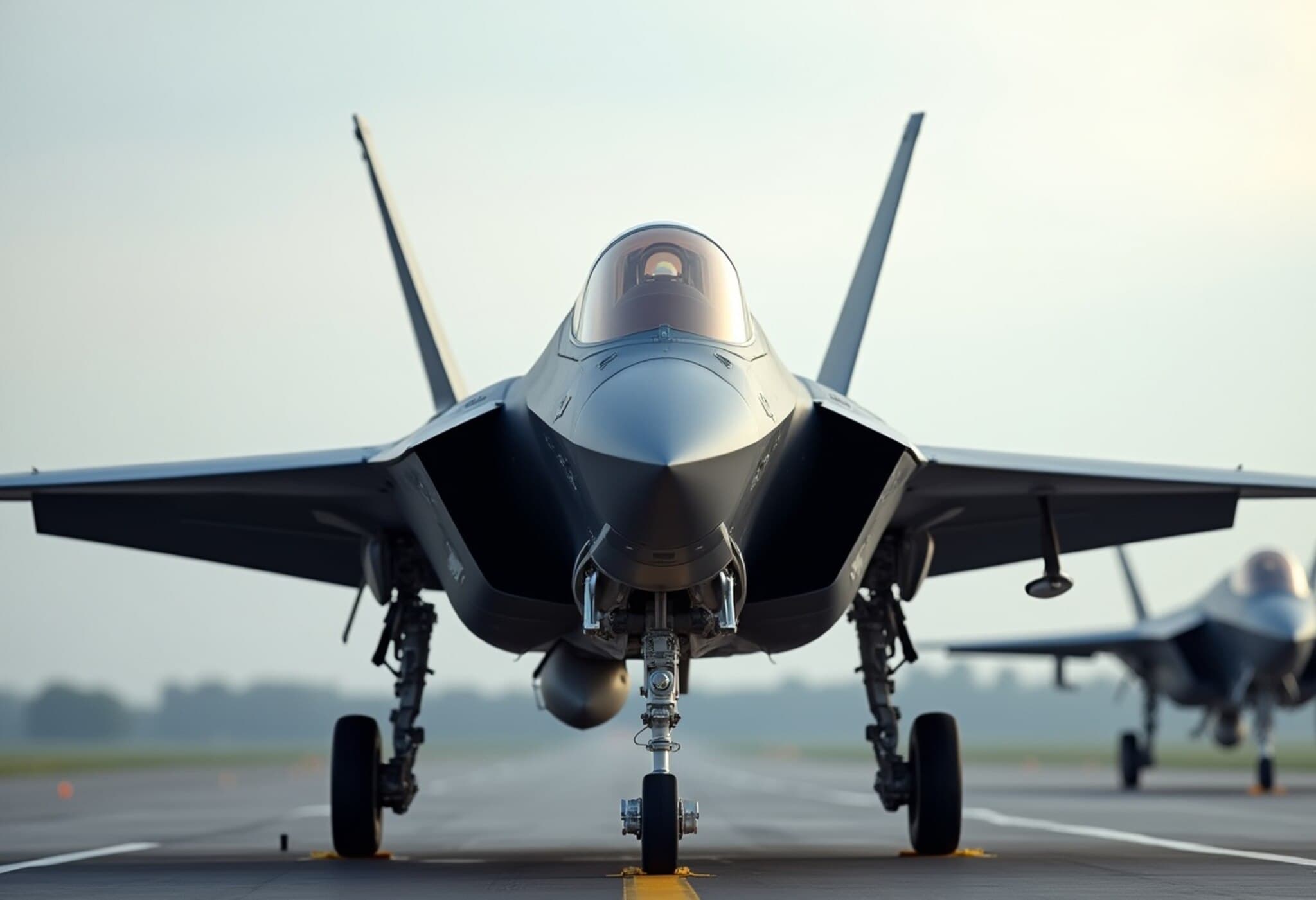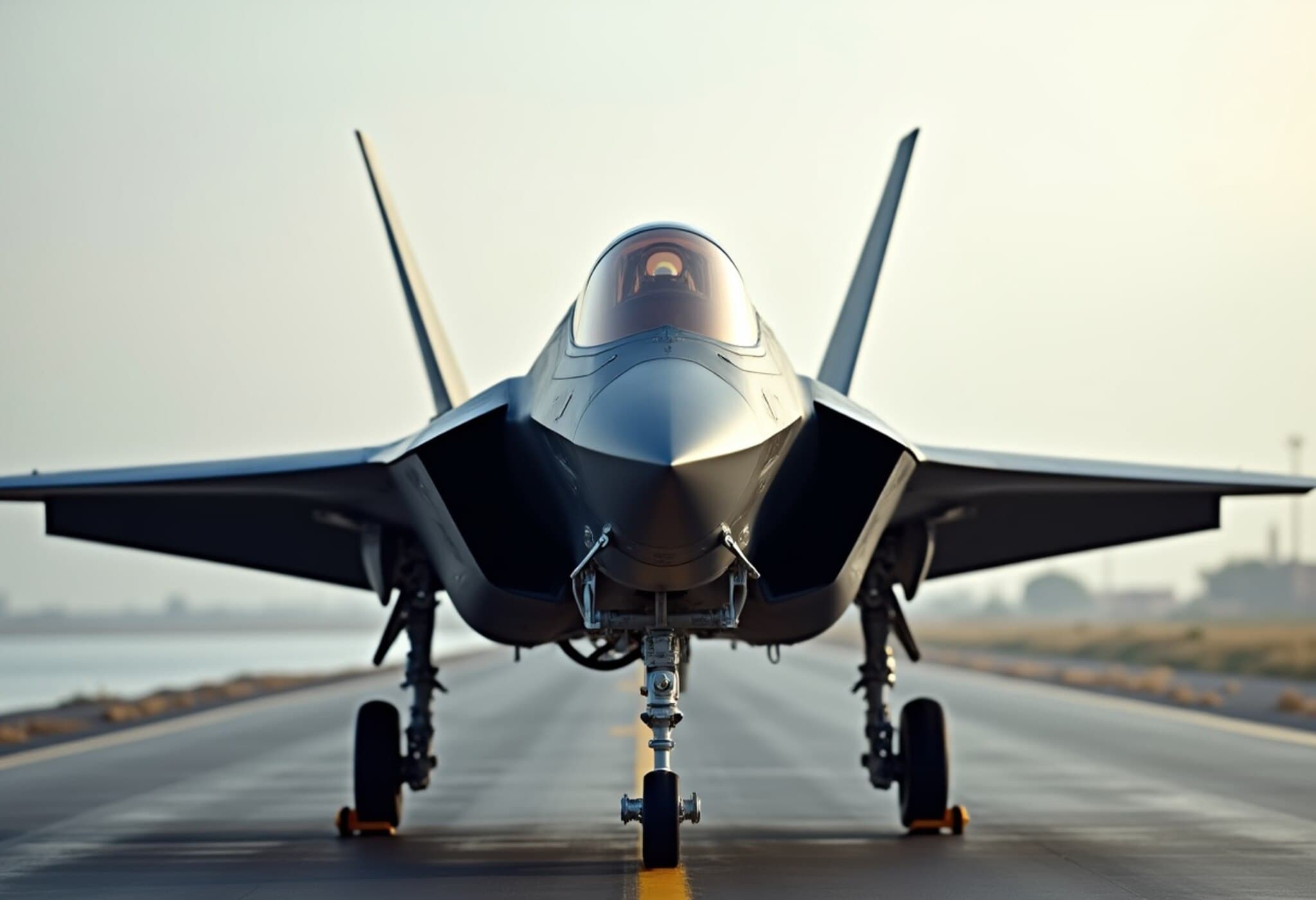British F-35B Jet Forced to Make Emergency Landing in Japan
On August 10, 2025, a British Royal Navy F-35B stealth fighter jet encountered a technical malfunction that compelled it to make an emergency landing at Kagoshima Airport in southwestern Japan. The incident briefly shut down the airport’s runway for approximately 20 minutes, causing delays to several commercial flights. Thankfully, no injuries were reported.
The aircraft was participating in a joint military drill involving the United Kingdom, Japan’s Maritime Self-Defense Force, and the United States, which began on August 4 and is slated to conclude later this week. This training exercise is part of a broader strategic effort by the UK to assert its presence in the Indo-Pacific region, deploying the HMS Prince of Wales aircraft carrier strike group across several key locations.
Context: The Indo-Pacific Deployment and Previous Incidents
The HMS Prince of Wales embarked on an extensive deployment in April 2025, visiting strategic ports across the Mediterranean, the Middle East, Southeast Asia, Japan, and Australia in a clear demonstration of British naval reach. The F-35B jet involved in this latest emergency operation was operating from this very carrier.
This incident follows a similar mishap in mid-June, when another UK F-35B made an emergency landing at Thiruvananthapuram airport in Kerala, India, due to a hydraulic fault. That aircraft remained grounded for over five weeks before repairs were completed, with public acknowledgments from the British High Commission thanking Indian authorities for their assistance.
Global Reactions: Spotlight from Chinese and Russian Media
The emergency landing in Japan has caught significant attention from Chinese and Russian state media outlets. Russian platform Sputnik India highlighted the recurrence of UK F-35B jets making emergency landings, framing it as a pattern undermining British operational reliability.
China’s Global Times went further, quoting Chinese defense expert Wang Ya’nan who described the F-35B variant as the most technologically complex in the F-35 family. The outlet emphasized the steep maintenance challenges these jets pose, particularly during long-range carrier operations far from home ports.
The Global Times also critiqued the British carrier deployments as closely aligned with U.S. global defense strategy and questioned London's increasing reliance on American military technology. The article suggested these repeated malfunctions highlight a potential decline in the UK’s naval operational capabilities, raising strategic questions about London’s future policy directions in the Indo-Pacific.
Technical and Strategic Implications
The F-35B, produced by Lockheed Martin, is prized worldwide for its stealth features and unique short takeoff/vertical landing abilities, affording the UK’s carrier strike groups significant tactical flexibility. However, its cutting-edge technology comes at the cost of heightened maintenance demands and logistical complexity, especially in prolonged deployments of significant geographic scope.
The jet involved in the Japanese emergency is reportedly undergoing thorough inspection under strict RAF supervision. Once cleared, it is expected to rejoin the HMS Prince of Wales Carrier Strike Group, which plans to dock at Yokosuka before proceeding to Tokyo later this month.
Looking Ahead: What This Means for UK Defense Posture
These recent incidents underscore the operational challenges faced by advanced military technologies when deployed in diverse international theaters. They spotlight the crucial need for robust maintenance infrastructure and allied cooperation to sustain such high-tech platforms far from home bases.
Furthermore, the scrutiny from rival powers highlights how military mishaps become fodder in the geopolitical information space, influencing narratives about power projection capabilities and alliance dynamics.
Key Takeaways:
- Emergency landing in Japan marks second UK F-35B mishap within two months.
- The jet was part of a joint UK-US-Japan military exercise amid growing strategic focus on Indo-Pacific stability.
- Chinese and Russian media seized the moment to question UK operational reliability and dependence on U.S. military technology.
- The F-35B’s advanced technology brings significant maintenance challenges during prolonged carrier deployments.
- The UK’s HMS Prince of Wales Carrier Strike Group continues deployments to demonstrate British naval reach despite setbacks.
Editor’s Note
The repeated emergency landings of British F-35B jets during a high-profile Indo-Pacific deployment raise broader questions about the sustainability and operational readiness of cutting-edge defense platforms far from home ports. While these incidents have not led to casualties, their strategic ramifications extend beyond technical faults, affecting perceptions of Britain’s military credibility in a highly contested region.
As Western powers deepen their engagement in Asia amid rising regional tensions, this episode underscores the increasing complexity of maintaining advanced military hardware abroad. It also invites reflection on how military alliances and cooperation can better support such deployments.
Looking forward, analysts and policymakers alike will be watching how the UK adapts its naval strategies and maintenance approaches to ensure that its ambitious Indo-Pacific presence remains credible and resilient against both operational challenges and geopolitical narratives.



















